The stability of the fracture decides what type of healing will occur. Fracture healing can be primary bone healing or secondary bone healing (Figure 1).
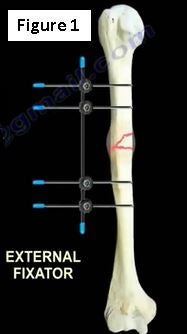
During primary bone healing, the fracture will need absolute stability in order to obtain maximum stability, called Haversian remodeling, cutting cone remodeling, or sometimes called intramembranous healing. As it occurs with the use of a compression plate, there will be minimal callus.
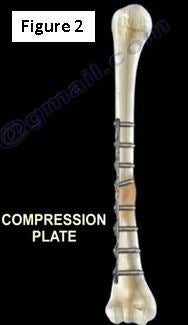
Secondary bone healing will occur when the fixation is not rigid, such as with a cast, and there will be endochondral ossification (Figure 4).
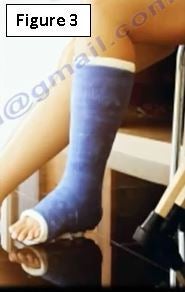
A rod or an external fixator can cause an abundance of calluses. (Figure 5).
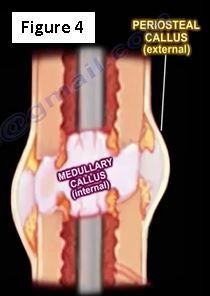
When the endochondral ossification fails, because the fixation is inadequate, the result is a hypertrophic nonunion and you will have predominantly Type II collagen (Figure 6). The endochondral ossification at this point has failed and stability is needed in order to transform the cartilage to bone.
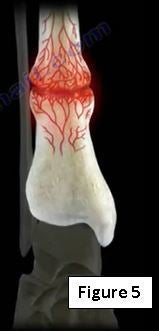
What are the stages of fracture healing?
Fracture healing starts with the hematoma, followed by inflammation. The soft callus forms first followed by the hard callus. The last stage of fracture healing will be the remodeling stage (Figure 7).
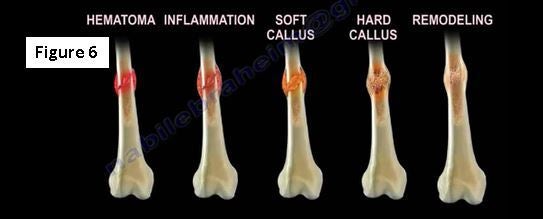
Hematoma
When the fracture occurs, there will be bleeding at the fracture site, which will make a fibrin blood clot (Figure 8).
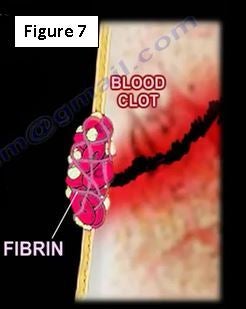
Inflammation
The stage of inflammation involves the macrophages and mesenchymal cells. Stem cells migrate to the fracture and form granulation tissue which will release the growth factors. Granulation tissue tolerates the greatest strain before failure (Figure 9). The COX-2 inhibitor and nonsteroidal depresses Runx2 are important for the differentiation of osteoblasts.
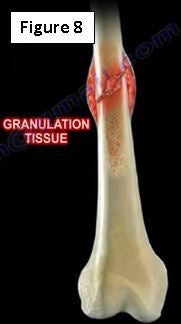
Soft Callus
The soft callus will occur within two weeks and the amount of callus correlates with the immobilization (Figure 10). The firmer the immobilization, the less amount of callus will be present. Flexible fixation will result in endochondral ossification (abundant callus).

Secondary bone healing is the healing through cartilage formation. The stability helps the direct bone formation. A lack of stability helps the formation of the cartilage, which later on can change to endochondral ossification.
Hard Callus
The collage changes from predominantly Type II, to be followed by Type I (Figure 11).
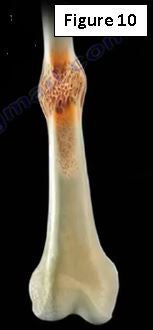
Remodeling
After the hard callus stage, there is a remodeling period (Figure 12). The stage of remodeling will begin at two weeks and continue for many years after the fracture has healed. The woven bone will be replaced by a stronger, laminar bone and the fracture healing will be complete with the continuation of the medullary cavity. The remodeling of the bone is influenced by Wolff’s law (the bone is affected by stress).

Blood flow at the fracture site is very important for fracture healing (Figure 13). Blood will supplies the fracture site with nutrients and cells. Initially, there is a decreased blood flow at the fracture site which will increase later. The blood flow will peak at two weeks and will return to normal after approximately three months.
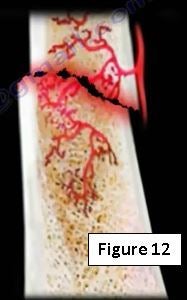
In distraction osteogenesis you can get Type I and Type II cartilage (predominantly Type I) because there is more intramembranous ossification (Figure 14).

How does the endochondral bone formation occur?
The chondrocytes proliferate and then hypertrophy, followed by matrix mineralization. The chondrocytes, at that time, will die. Finally vascular invasion, ossification and remodeling to lamellar bone will occur.
Multiple complicated growth factors involved in fracture healing are the bone morphogenetic protein, transforming growth factor beta 1, insulin-like growth factor 2, and the platelet-derived growth factor.
For more on fracture healing, visit the links below:
For more information on various topics, visit my YouTube Channel:
